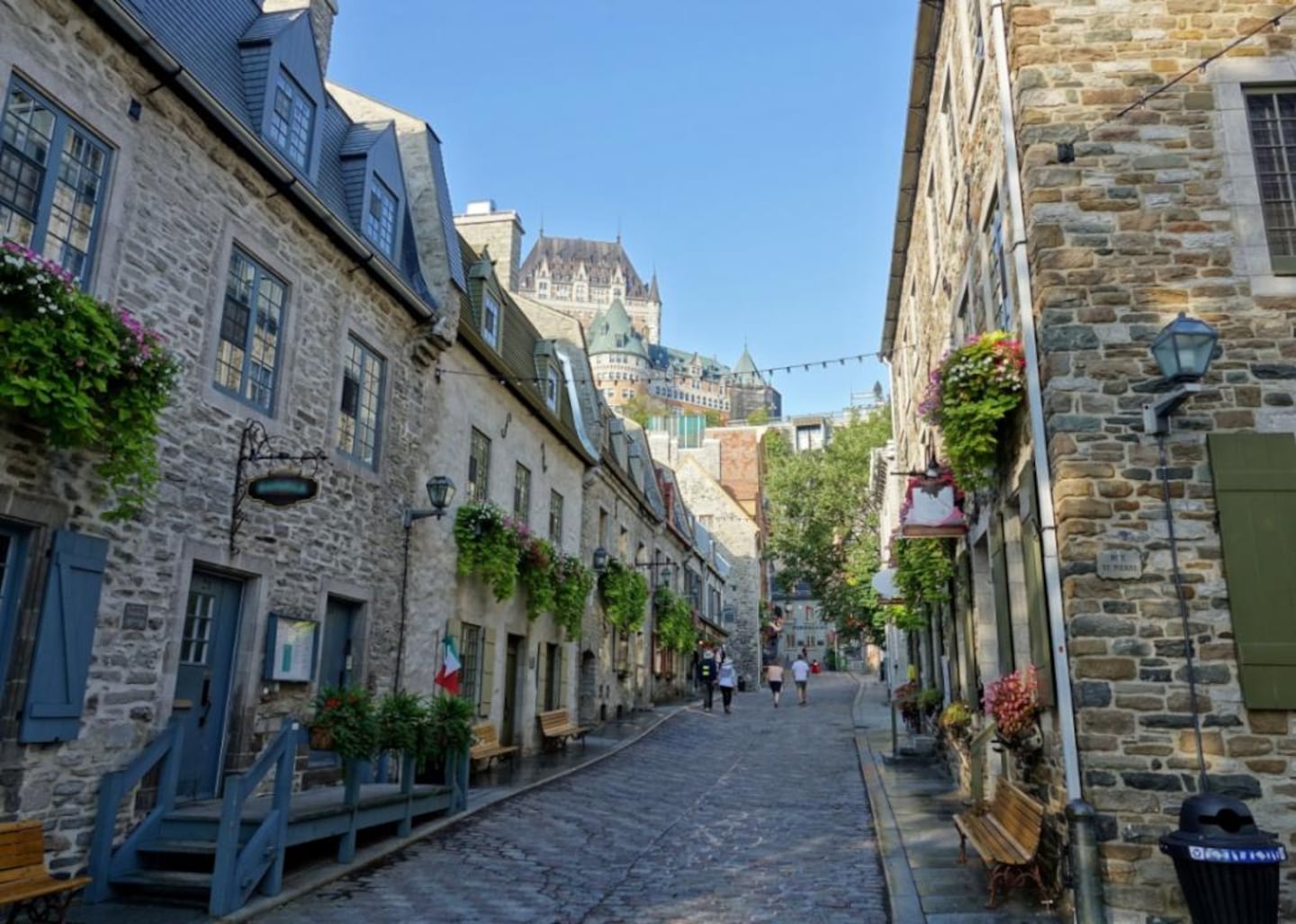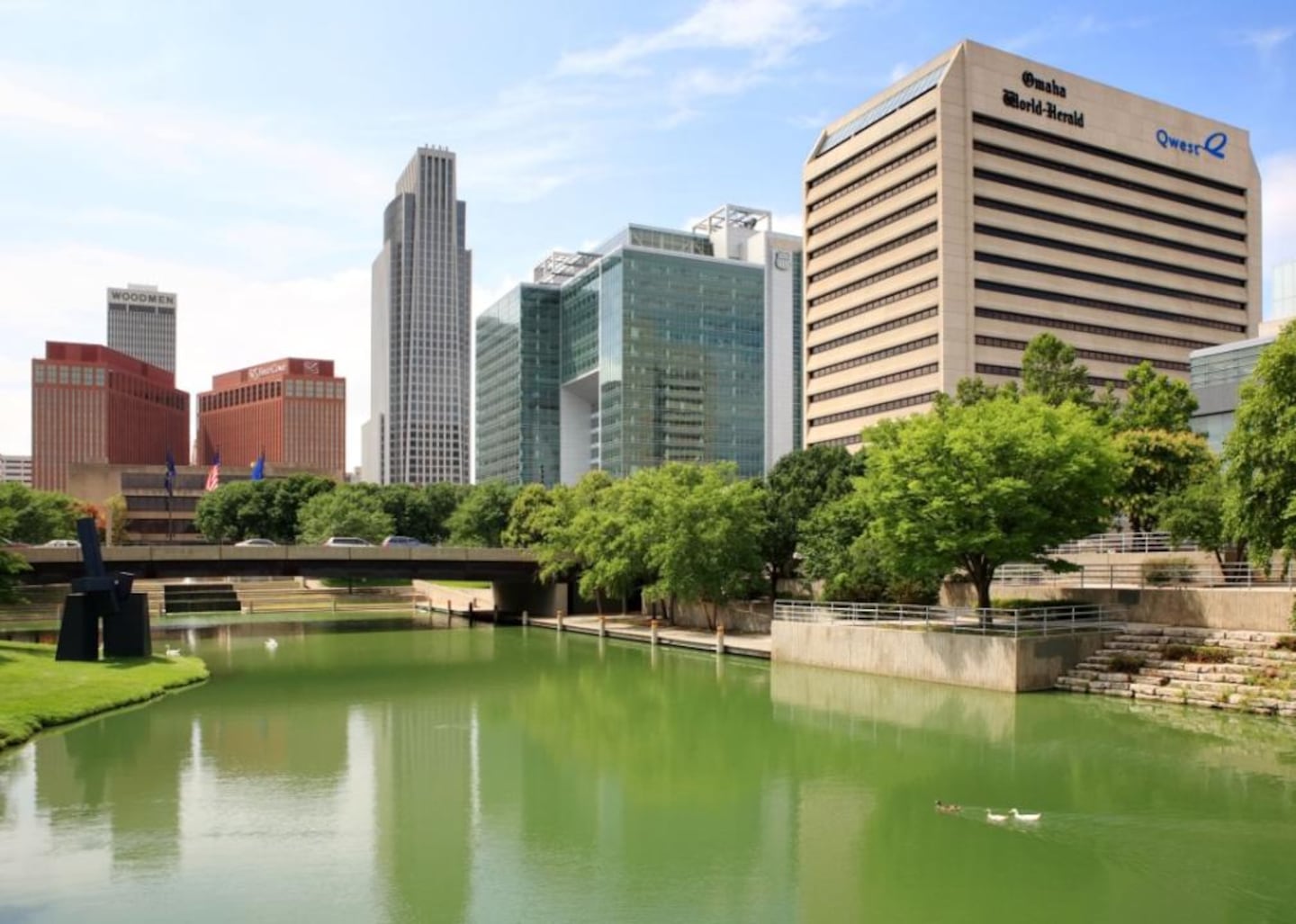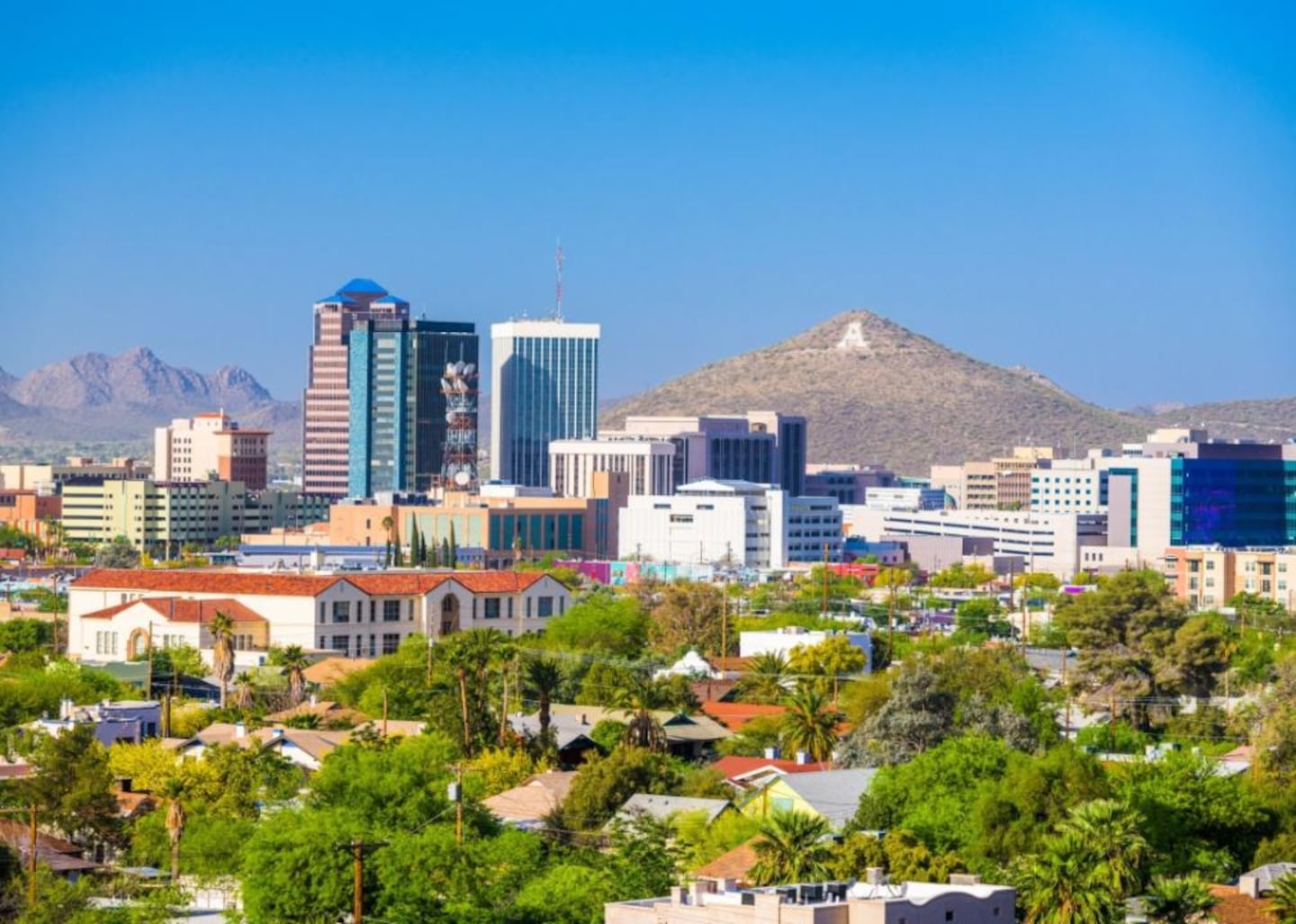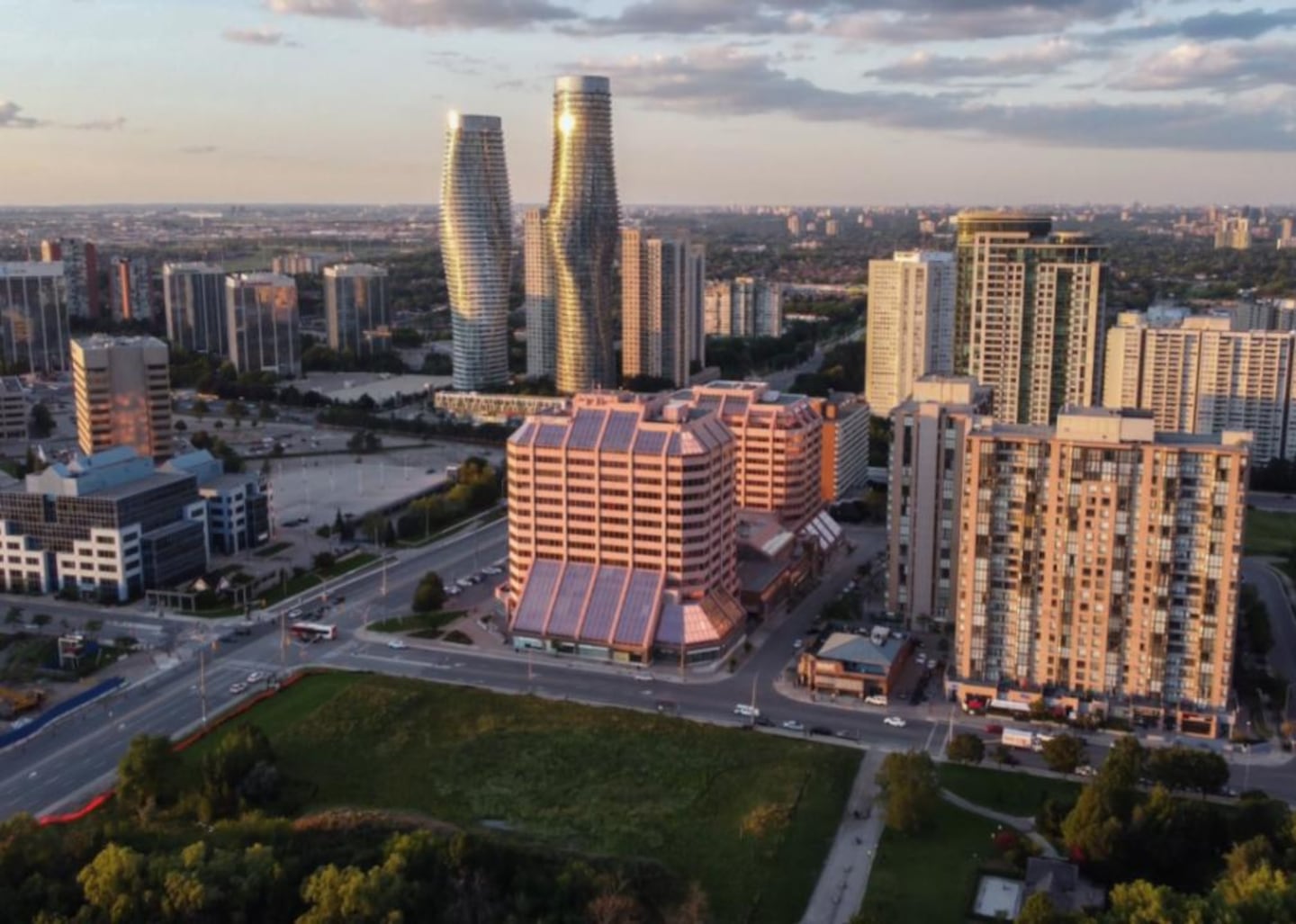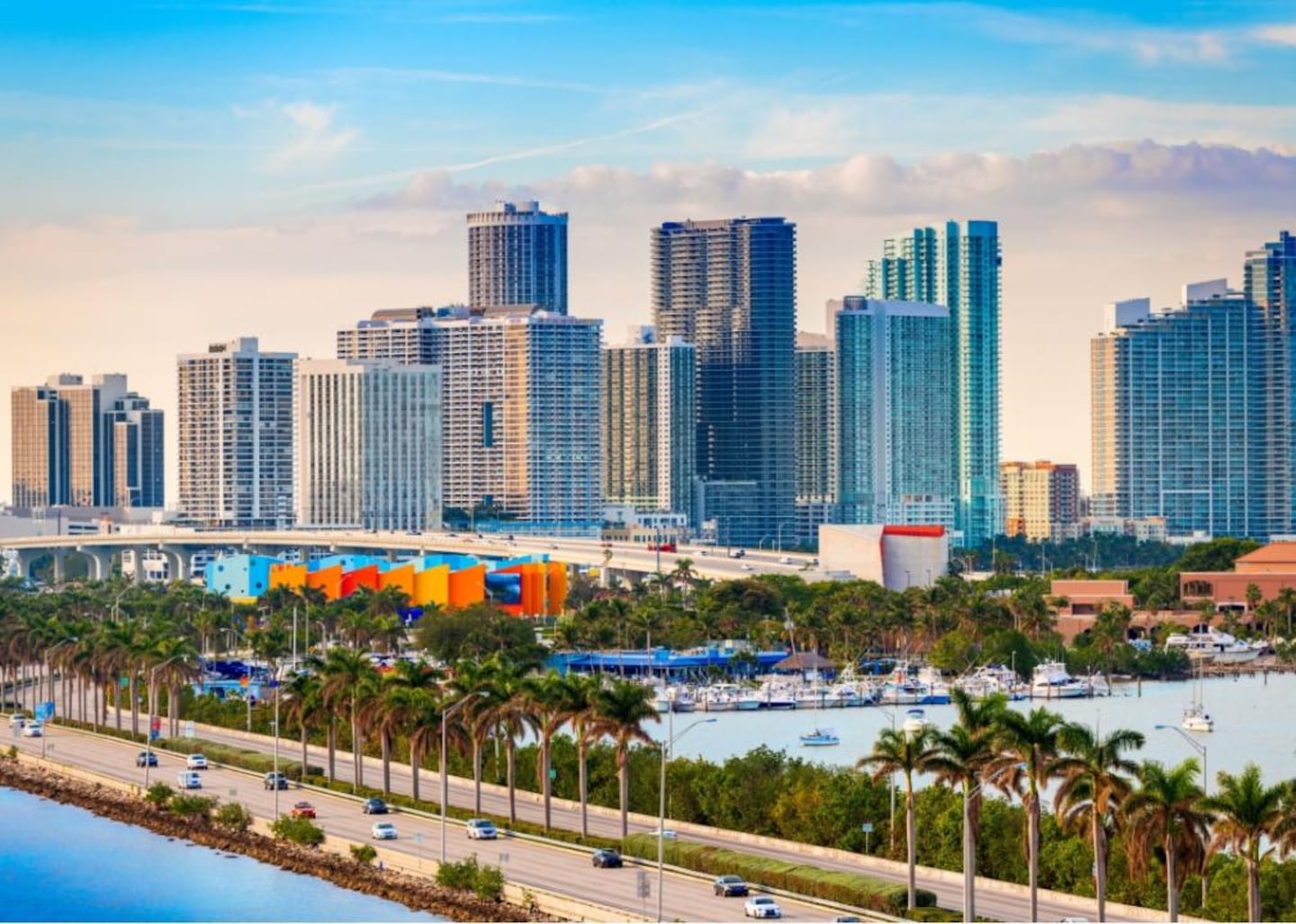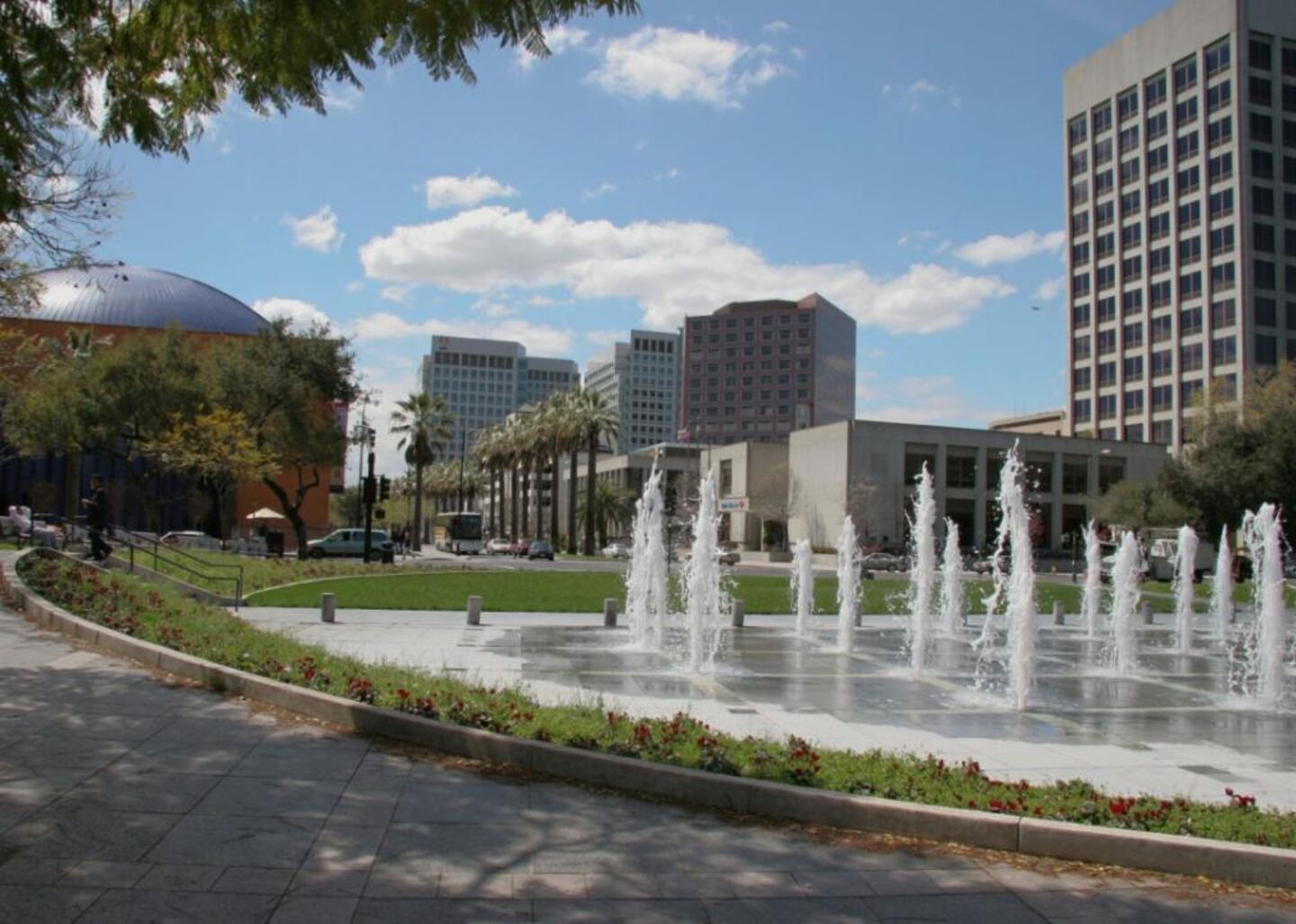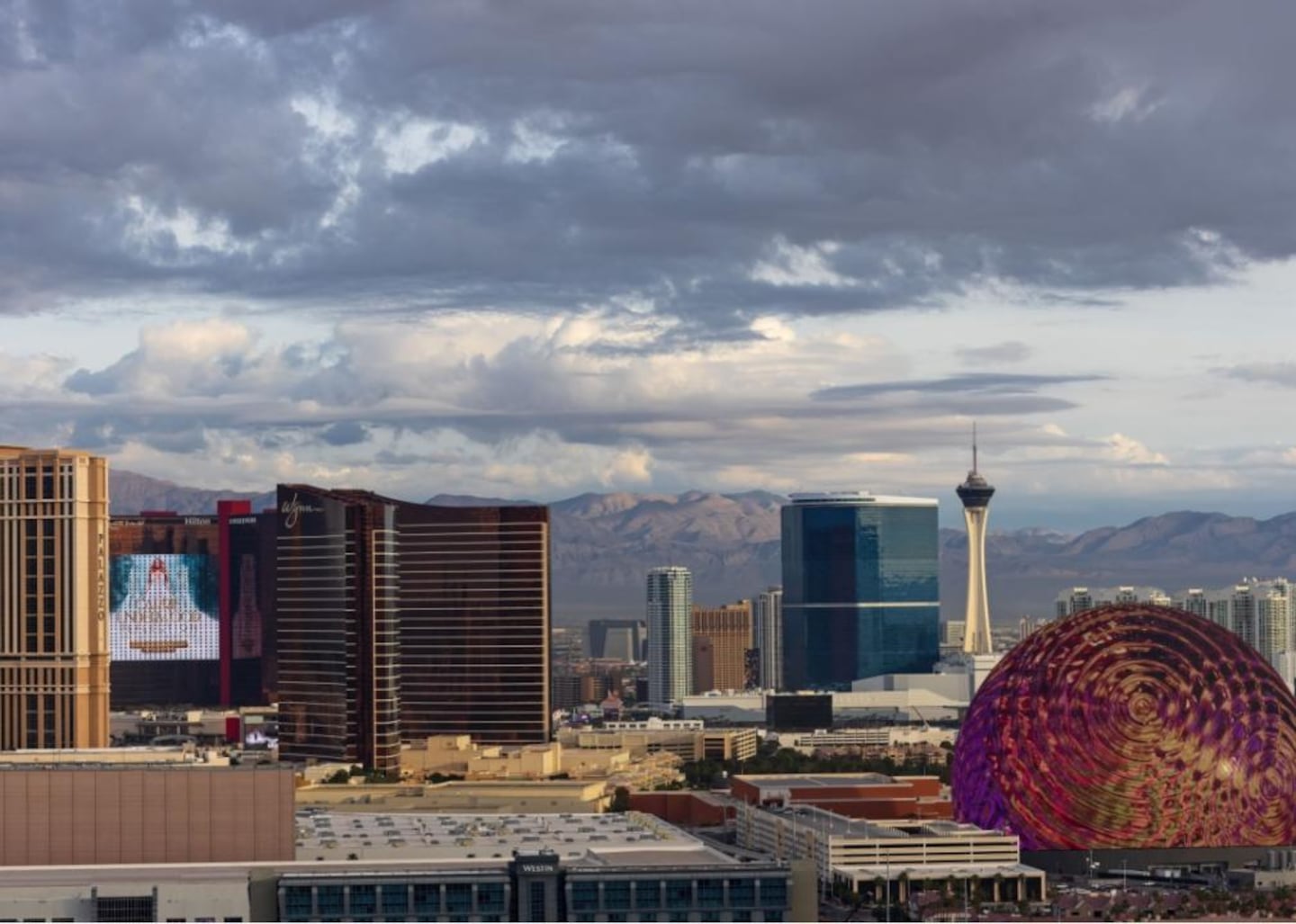The COVID-19 pandemic decimated downtown economies across Canada and the United States, with some cities rebounding more quickly than others.
Office closures, a surge in remote work, and changes in consumer behavior disrupted downtown economies built around commuting workers and visitors. Now, nearly five years after the onset of the pandemic, the tenor of some downtowns is changing once again. Cities that pursued creative ways to revitalize or shifted the focus of their economies have rebounded in unexpected ways.
On paper, downtowns are defined by their density of jobs and office space. Downtown areas are those that have the highest concentration of jobs, according to the Journal of Urban Studies. Meanwhile, office space comprised 71% of real estate in the 30 largest U.S. metropolitan areas in 2019, according to a Brookings Institution analysis.
But from their central locations to their cultural significance, downtowns—often the heart of cities—are so much more. The development of public spaces and commercial corridors, along with the preservation of historical sites and natural assets like rivers and parks, all work in tandem in downtowns. This makes a thriving downtown a center of commerce—and a locus of activity where people congregate to work, visit, live, and play.
The pandemic-induced shift to remote work significantly reduced daytime downtown activity and office occupancy. This triggered cascading economic impacts, including dwindling customer bases for local businesses, financial shortfalls for transit systems, and decreased commercial real estate tax revenues.
Even after the pandemic peaked and social distancing measures eased, bringing workers back to the office remained a challenge. The pivot to telecommuting proved beneficial for workers in myriad ways, and employers seeking to return to old ways of working faced resistance, further compounding obstacles to revitalizing downtown economies.
Downtowns across the U.S. and Canada felt the pandemic's impact in vastly different ways. The most vulnerable downtowns were heavily reliant on knowledge-based industries that could easily transition to remote work. Cities dominated by industries like technology, finance, and professional services—traditionally central to downtown economies—saw significant declines in foot traffic during the pandemic. As remote work became the norm, many workers migrated to suburbs or other cities, disrupting local businesses.
However, not all cities followed the same downward trajectory. While many downtowns faced steep declines in foot traffic and economic activity, research in the Journal of Urban Studies found that certain cities were able to recover more effectively—shedding light on factors that influence a downtown's resilience in the face of a crisis.
Cities with a higher share of workers in industries that require on-site work—such as accommodation and food services, health care, retail, and manufacturing—rebounded faster from the pandemic dip, according to the study. Lower-density, auto-oriented downtowns also outperformed denser, transit-dependent ones, possibly due to the perception of higher COVID-19 risk associated with public transit and crowded places.
The Urban Studies researchers also found that downtowns with high pre-pandemic crime rates also experienced slower recovery rates due to safety concerns.
Spokeo used data published in the Journal of Urban Studies to explore how U.S. and Canadian downtowns have recovered since the COVID-19 pandemic. University of Toronto and University of California, Berkeley researchers calculated downtown recovery rates by comparing mobile device location data from March to June in 2019 and 2023.
Population data comes from the Census Bureau and Statistics Canada. Data is as of 2021 and for the city rather than the entire metropolitan area. In the case of ties, the most populous city is ranked higher.
Resilient downtowns demonstrated creativity
Urban planners used creative strategies to revitalize downtown areas and draw people back to city centers. One approach was to cultivate public spaces in innovative ways. In Mississauga, Ontario, one of Canada's most populous cities, the "Sharing Lanes" initiative temporarily repurposed some of its downtown streets into gathering places with painted sidewalk games, public art, library programming, and bicycle repair stations in the summer of 2022. The city rebounded to 91% of its pre-pandemic level.
Similarly, El Paso, Texas, took steps to boost its downtown economy through its "Sun City Safe" initiative, which allowed businesses to expand outdoor dining areas into sidewalks and "parking parklets." These approaches began to yield promising results, with both El Paso and Mississauga ranking among the top five medium-sized cities with the strongest downtown recovery rates.
Nashville is also a standout success story. The city refashioned itself as a "destination experience economy" and amplified its role as cultural center. Between 2020 to mid-2023, visitors accounted for 79% of people in downtown Nashville, compared to a low of 54% in San Francisco. Jobs in hospitality, leisure, and entertainment followed, on-site roles that brought even more people back downtown.
In the Southwest, Phoenix benefited from increased foot traffic due to a surge in new apartment buildings, retail outlets, and the creation of a new biomedical center.
Overall, assessing whether or not a downtown was on the upswing requires a holistic approach. Increased weekend and after-hours foot traffic, the return of office workers, and increased sales at local businesses all signal a downtown on the rebound. Other signs of revitalization included a "clean and safe" atmosphere, mixed office space, both residential and commercial uses, and repurposed empty office buildings and public spaces.
Virrage Images // Shutterstock
#15. Milwaukee
- Downtown recovery rate: 86% of pre-pandemic levels
- Population: 566,557
- Region: Midwest
Jacob Boomsma // Shutterstock
#14. Colorado Springs, Colorado
- Downtown recovery rate: 87% of pre-pandemic levels
- Population: 483,369
- Region: Southwest
OUESTUSA // Shutterstock
#13. Québec City
- Downtown recovery rate: 87% of pre-pandemic levels
- Population: 549,459
- Region: Canada
Suzanne Tucker // Shutterstock
#12. Omaha, Nebraska
- Downtown recovery rate: 88% of pre-pandemic levels
- Population: 488,626
- Region: Midwest
Jaclyne Ortiz // Shutterstock
#11. Nashville, Tennessee
- Downtown recovery rate: 88% of pre-pandemic levels
- Population: 675,578
- Region: Southeast
Henryk Sadura // Shutterstock
#10. Wichita, Kansas
- Downtown recovery rate: 89% of pre-pandemic levels
- Population: 396,638
- Region: Midwest
Sean Pavone // Shutterstock
#9. Phoenix
- Downtown recovery rate: 89% of pre-pandemic levels
- Population: 1,625,187
- Region: Southwest
Sean Pavone // Shutterstock
#8. Tucson, Arizona
- Downtown recovery rate: 91% of pre-pandemic levels
- Population: 541,217
- Region: Southwest
Atomazul // Shutterstock
#7. Mississauga, Ontario
- Downtown recovery rate: 91% of pre-pandemic levels
- Population: 717,961
- Region: Canada
Sean Pavone // Shutterstock
#6. Miami
- Downtown recovery rate: 92% of pre-pandemic levels
- Population: 441,869
- Region: Southeast
Sean Pavone // Shutterstock
#5. Oklahoma City
- Downtown recovery rate: 93% of pre-pandemic levels
- Population: 688,531
- Region: Southwest
Matt Gush // Shutterstock
#4. Bakersfield, California
- Downtown recovery rate: 95% of pre-pandemic levels
- Population: 409,782
- Region: Pacific
cheng // Shutterstock
#3. San Jose, California
- Downtown recovery rate: 96% of pre-pandemic levels
- Population: 981,214
- Region: Pacific
Joseph Sohm // Shutterstock
#2. El Paso, Texas
- Downtown recovery rate: 97% of pre-pandemic levels
- Population: 678,271
- Region: Southwest
Angel DiBilio // Shutterstock
#1. Las Vegas
- Downtown recovery rate: 103% of pre-pandemic levels
- Population: 650,827
- Region: Southwest
Story editing by Alizah Salario. Additional editing by Elisa Huang. Copy editing by Tim Bruns. Photo selection by Ania Antecka.
This story originally appeared on Spokeo and was produced and distributed in partnership with Stacker Studio.



